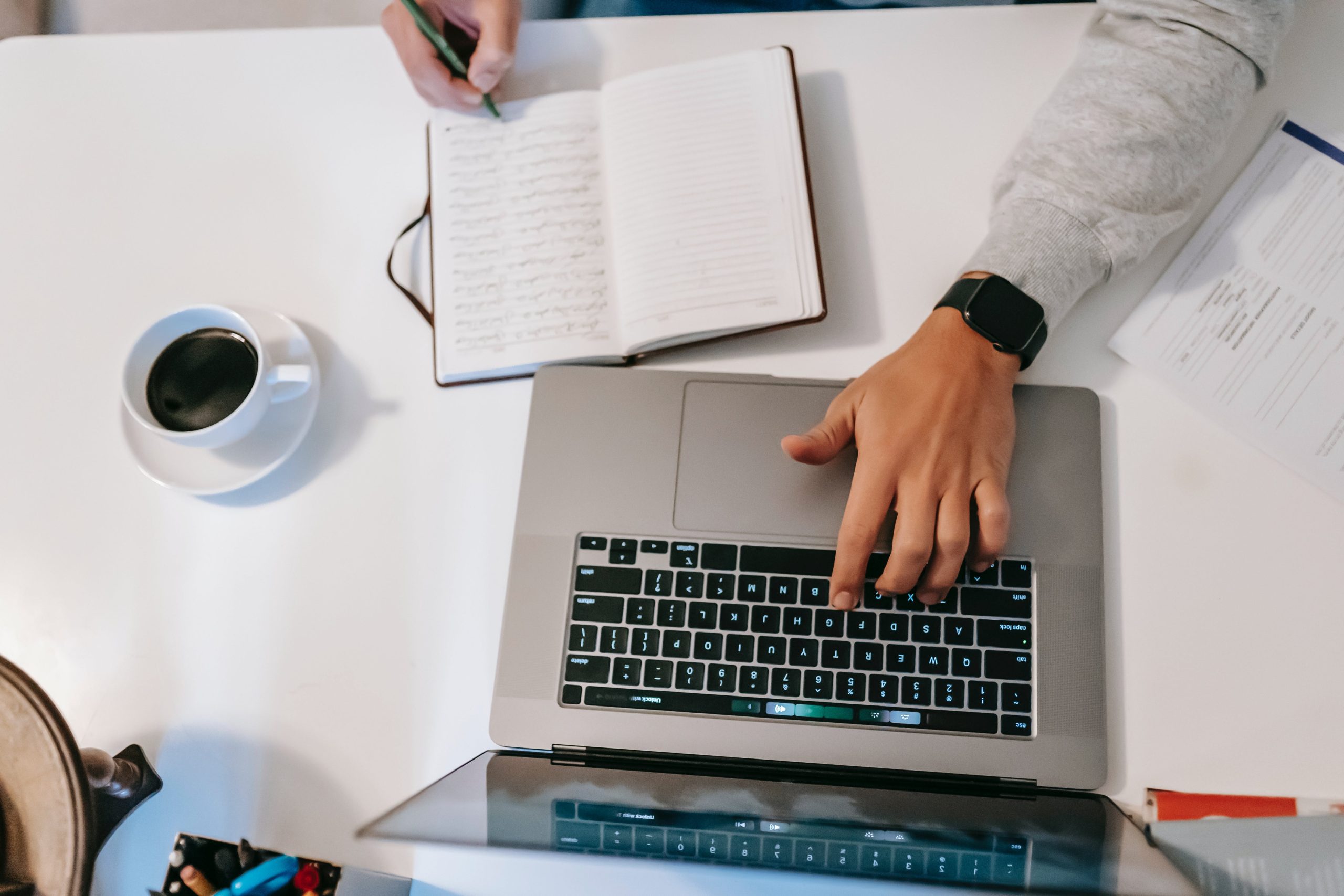The Role of Video Confirmation in the Digital Journalism Era
The use of video confirmation has become pivotal to the credibility of contemporary news organisations and digital journalism. Eyewitness videos sourced from the internet must be verified to eliminate the slightest vulnerability in news reporting. In a growing false news era, the value of video verification for fact-checking cannot be overstated.
Understanding Video Confirmation
Video confirmation, also known as video verification, is the use of digital tools to substantiate facts and ensure the validity of information captured in an eyewitness story. With social media usage rising to a print of over 4.9 billion people, video journalism holds the mark of the go-to source of news information. Consequently, the inaccurate reporting or publishing of a falsified story can cause widespread effects, including declined credibility and lowered news viewership.
The work of video confirmation tools and techniques is to cross-reference video content, including images, location, and other visual clues. This detailed analysis should identify potential video manipulation, content duplications, and possible disinformation.
The Use of Video Verification in Digital Journalism
The purpose of verifying video content is to facilitate the following:
1. Authentication
The primary purpose of video verification is to authenticate a story by ensuring the accuracy of information provided in an eyewitness video.
Deepfakes are accelerating, with more adulterated videos spreading to tell a falsified story. Video verification helps identify digitally altered footage by detecting elements that point to a deepfake. Often, verification aims at picking up inconsistencies in a story after detailed cross-examination.
2. Evidence Corroboration
Corroboration is defined as the act of supporting a matter with evidence to make a case more certain. Generally, news information is sourced from more than one eyewitness. This means that the occurrence of a newsworthy event will more than likely be captured in multiple video footages. In this case, video verification comes in handy in corroborating the evidence of an event recorded from different angles to support an idea.
An example is an international marathon competition. Multiple footages recorded from diverse angles to depict the same competition can be used to verify such matters as the audience, geographical locations, and background sounds.
3. Mitigating Propaganda, Fake News, and Disinformation
Fake news and propaganda spread like wildfire, affecting how people interpret and perceive news events. Complicated disinformation systems are especially a problem in democratic regions where freedom of speech and information are without limits.
With video confirmation tools, journalists can detect hoaxes and publicize everything packaged as propaganda. The idea is to identify manipulation, duplication, and imitation of events falsely used to represent another event.
4. Geolocation Verification
This is a technique employed by journalists to highlight the geographical visuals where a video was recorded, including rivers, landmarks, buildings, and terrains. These clues are then matched to an actual map to confirm the validity of an eyewitness video.
With the rise of artificial intelligence, it is important to note that photo backgrounds and video playbacks can be manipulated to depict a different location from the place where the events are taking place. Journalists must apply specialized verification programs to validated scenes.
5. Adding Context and Detail to a Story
Video confirmation requires journalists to make detailed enquiries on a footage. The objective is to get answers to concerns like the source of the video, the intent of the recording, and what visual clues are available. Finding answers to these enquiries means undertaking in-depth research and technical analysis of a story, often leading you to more context and detail.
Video confirmation is a foundational component of fact-checking in the contemporary scope of digital journalism. It involves substantiating facts in an eyewitness video and mitigating deepfakes and disinformation from reaching news consumers. Video verification focuses on achieving critical journalistic objectives, including evidence corroboration, authentication, and addition of context to a story. Ideally, employing such video confirmation measures guarantees accurate and balanced reporting.

